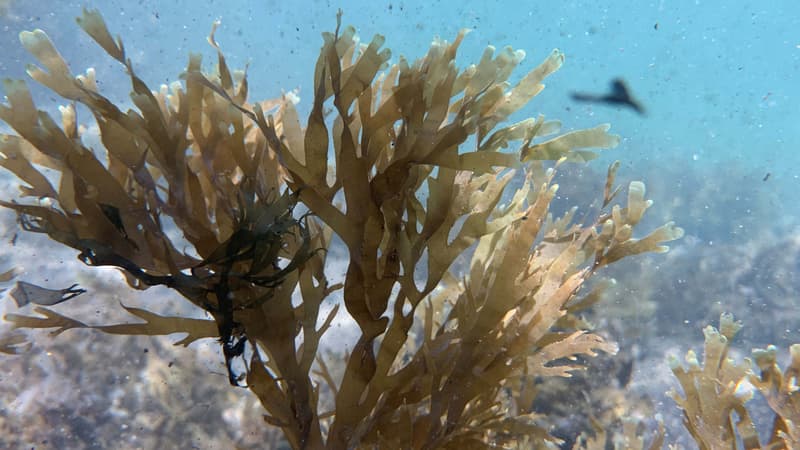The cultivation of algae to capture CO2 and limit global warming has limited potential, because it would require occupying a very large surface area of the oceans, according to a study published Thursday in the journal Earth and Environment Communications.
US researchers used an algae growth modeling tool, focusing on four species that could grow in the open ocean, allowing them to assess the theoretical potential for algae to absorb CO2, which can remove it from the atmosphere by converting it to biomass. through photosynthesis. This CO2 is sequestered when this organic matter falls to the bottom of the oceans.
“We estimate that removing 1 gigatonne (billion tons) of carbon per year through algae would require cultivating more than 1 million km2 in the most productive Exclusive Economic Zones, located in the equatorial Pacific,” they conclude.
Multiple carbon sequestration projects
To go beyond this potential, things get seriously complicated: to remove an additional 1 gigatonne of CO2 by this means, the cultivated area would have to triple, because the process becomes much less efficient beyond the most productive waters. Therefore, the potential of this technique seems significant but limited with respect to what needs to be done to limit global warming.
According to recent analyzes cited by the researchers, to limit warming to 1.5°C compared to pre-industrial times, an estimated 2.5 to 13 gigatons of CO2 would need to be removed from the atmosphere, in addition to measures to drastically reduce emissions. .
Carbon sequestration by algae is drawing interest from some companies. In Norway, for example, a pilot project called “Seaweed Carbon Solutions” was launched in 2022, supported in particular by the oil and gas giant Equinor. Amazon also recently announced that it will participate in the financing of a seaweed farm to be located among offshore wind turbines off the coast of the Netherlands.
Source: BFM TV


